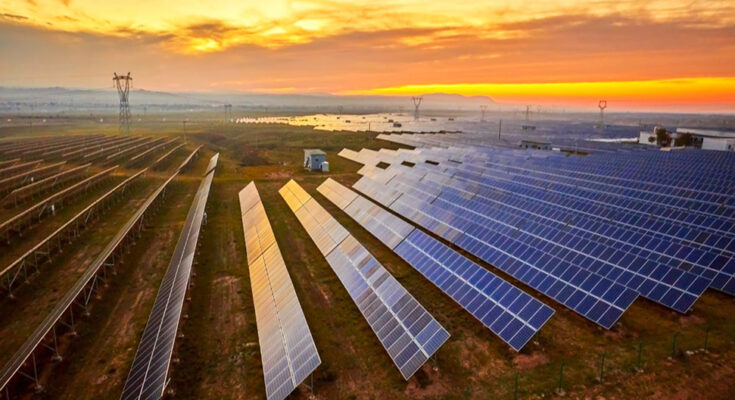Solar panels have long been recognized as critical technology in the fight against climate change. Each panel provides a clean, renewable source of energy that reduces our reliance on fossil fuels. However, beyond the obvious benefits of generating electricity from sunlight, solar panels are shaping a greener future in ways that may surprise you. From innovative applications to social and economic impacts, here’s how solar panels are driving sustainability in unexpected directions.
Empowering Remote Communities
One of the most transformative impacts of solar panels is their ability to provide electricity to remote communities that lack access to reliable power grids. In many parts of the world, especially in rural or developing regions, traditional infrastructure for electricity can be expensive or impractical to build. Solar panels offer a decentralized solution, enabling these communities to generate their own power independently.
- Rural Electrification: In remote areas of Africa, Asia, and Latin America, solar panels are being used to power schools, clinics, and homes. This not only improves the quality of life but also fosters economic development by enabling new opportunities for education, healthcare, and small businesses.
- Disaster Relief and Emergency Response: Solar panels are increasingly being deployed in disaster-stricken areas to provide immediate power for relief operations. Portable solar units can power communication devices, medical equipment, and clean water systems, helping to save lives in the aftermath of natural disasters.
Innovative Urban Applications
As cities strive to become more sustainable, solar panels are finding innovative applications in urban environments, contributing to the development of greener, smarter cities.
- Solar-Powered Public Infrastructure: Solar panels are being integrated into urban infrastructure like bus shelters, streetlights, and parking meters. These solar-powered installations reduce the strain on municipal power grids and contribute to energy savings, all while demonstrating the city’s commitment to sustainability.
- Building-Integrated Photovoltaics (BIPV): Solar panels are increasingly being incorporated directly into building materials, such as windows, facades, and roofing tiles. BIPV systems allow buildings to generate electricity while maintaining their aesthetic appeal, making solar energy a seamless part of urban architecture.
- Solar Carports and Charging Stations: Solar carports provide covered parking spaces that double as solar power generators. These structures not only offer shade and protection for vehicles but also supply energy for electric vehicle (EV) charging stations, promoting the adoption of EVs and reducing greenhouse gas emissions.
Innovations in Energy Storage
One of the challenges with solar energy has always been its intermittent nature—solar panels only generate power when the sun is shining. However, advances in energy storage technologies are addressing this issue, enabling solar power to be stored and used when needed, even at night or on cloudy days.
- Solar + Battery Systems: The combination of solar panels with advanced battery storage systems allows homes and businesses to effectively store excess energy generated during the day for use at night. This not only increases energy independence but also reduces any reliance on the grid during peak demand times, helping to stabilize energy prices and reduce blackouts.
- Grid Stabilization: Large-scale solar farms paired with battery storage are increasingly being used to stabilize power grids. These systems can quickly dispatch stored energy during periods of high demand or when other power sources are offline, ensuring a reliable supply of electricity.
Economic and Social Benefits
Beyond the environmental advantages, solar panels are driving significant economic and social benefits, which both contribute to a more equitable and resilient society.
- Job Creation: The solar industry is one of the fastest-growing sectors in the energy market, creating millions of jobs worldwide. From manufacturing and installation to maintenance and sales, solar energy provides employment opportunities across a wide range of skill levels.
- Energy Independence: By generating electricity themselves, homeowners and businesses can reduce their energy bills and protect themselves from volatile energy prices. This financial independence can be particularly beneficial for low-income households, helping to alleviate energy poverty. There are reputable and reliable companies, such as Now EV, who can install the right solar panels to your home.
- Empowering Women: In many developing countries, solar energy projects are providing women with new opportunities for entrepreneurship and income generation. For example, women in rural communities are being trained to install and maintain solar systems, empowering them to become leaders in their communities and contribute to local economic development.
Final Thoughts
Solar panels are doing much more than just generating electricity—they’re driving innovation, empowering communities, supporting conservation, and fostering economic growth. As technology continues to advance and the adoption of solar energy expands, the unexpected ways in which solar panels are shaping a greener future will only multiply. By embracing these innovations, we can accelerate the transition to a sustainable, resilient world where clean energy is accessible to everyone.



